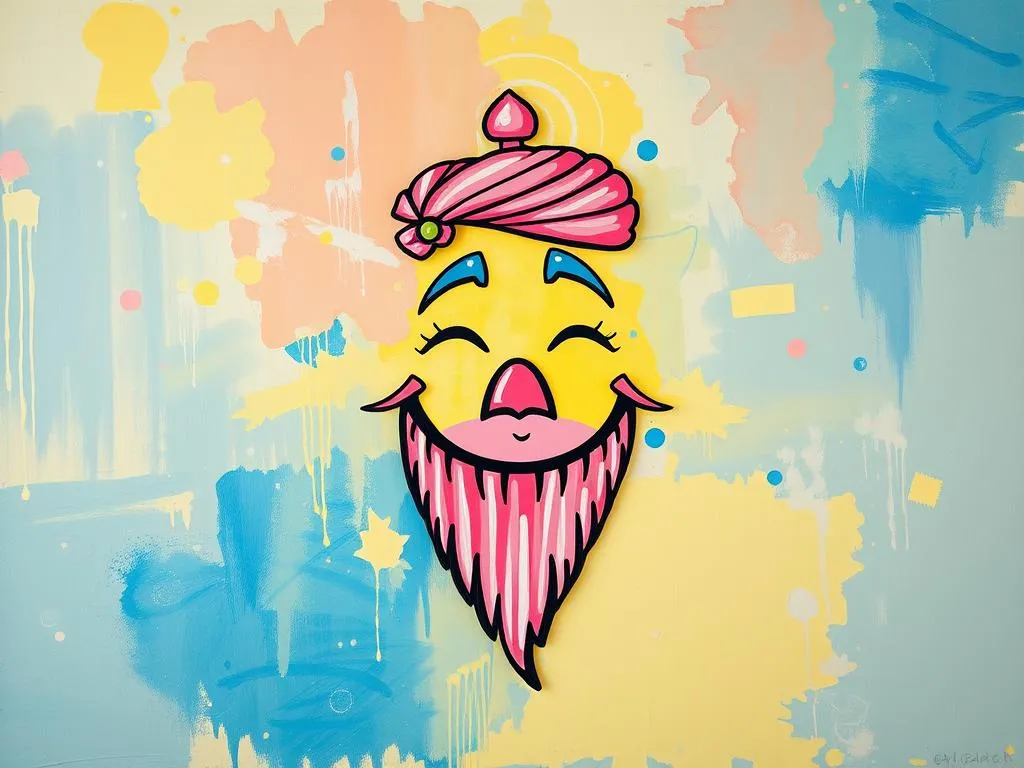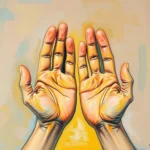
Introduction
Dreams have long fascinated humanity, often serving as a window into our subconscious. Among the myriad of symbols that can appear in our dreams, the Khalsa flag, or Nishan Sahib, holds a unique significance, particularly for those connected to Sikh culture. This dream symbol intrigues people not only for its religious connotations but also for the deeper meanings it can convey about identity, community, and spirituality. Understanding the dream of the Khalsa flag can offer insight into personal beliefs, cultural connections, and emotional states, sparking a journey of self-discovery and reflection.
Symbolism and Meaning
The Khalsa flag is a symbol of the Sikh faith, representing courage, honor, and the spirit of the Khalsa. When this flag appears in dreams, it often carries profound meanings that can vary based on the dreamer’s personal experiences and cultural background.
At its core, dreaming of the Khalsa flag may symbolize a longing for spiritual connection or a quest for identity. For Sikhs, the flag is not merely a banner; it embodies the principles of equality, justice, and community. Thus, if an individual dreams of the Khalsa flag, it may reflect their desire to align with these values or to seek guidance in navigating challenges in their lives.
From a broader perspective, the color and imagery of the Khalsa flag can also play a significant role in dream interpretation. The flag’s vibrant yellow and blue hues may represent optimism, enlightenment, and spiritual awakening. A dream featuring the Khalsa flag, especially if it is displayed prominently or is fluttering in the wind, may suggest a period of growth or transformation in the dreamer’s life.
Moreover, the flag’s presence can indicate a need for community support. It can act as a reminder that one is not alone in their struggles and that reaching out to others can provide strength and comfort. In this sense, the dream may encourage individuals to foster connections with their community or to seek guidance from those who share their beliefs and values.
In a more personal context, the Khalsa flag can also be a reflection of the dreamer’s own values and morals. If a dreamer feels a strong emotional reaction to the flag, it may signal a need for introspection regarding their principles and how they align with their actions in waking life. The dream may serve as a call to integrity and authenticity, prompting individuals to examine whether they are living in accordance with their beliefs.
Key Scenarios and Variations
Dreams involving the Khalsa flag can manifest in various scenarios, each offering different layers of interpretation. For instance, dreaming of a flag being raised might symbolize a new beginning or a triumph over adversity. It can signify the dreamer’s awakening to their purpose and the embracing of their identity. This scenario often reflects a sense of empowerment and courage, indicating that the dreamer is ready to face challenges head-on.
Conversely, if the dream features the flag being torn or damaged, it may represent feelings of vulnerability or conflict within the dreamer’s life. This scenario could indicate a struggle with one’s identity or a fear of losing connection to one’s cultural roots. It may also highlight inner turmoil regarding personal beliefs or values, prompting the dreamer to confront these issues.
Another variation could involve seeing the flag in a communal setting, such as during a religious ceremony or gathering. In this context, the dream may emphasize the importance of community and collective identity. It suggests that the dreamer may be seeking a sense of belonging or is in need of support from their peers. This type of dream can serve as a reminder of the strength found in unity and the importance of shared values.
Conversely, if the dreamer is alone with the flag, it may highlight feelings of isolation or introspection. This scenario could suggest that the dreamer needs to take time for self-reflection, perhaps to reconcile their personal beliefs with their current circumstances. It can also point to a journey of self-discovery where the dreamer is encouraged to explore their identity independent of outside influences.
Another intriguing scenario could involve a flag that transforms during the dream – perhaps changing colors or symbols. This could signify personal evolution or shifts in the dreamer’s beliefs or circumstances. The transformation of the flag might represent adaptability and the ability to embrace change, urging the dreamer to remain open-minded and accepting of new experiences.
Real-Life Connections and Takeaways
Understanding the nuances of dreaming about the Khalsa flag can provide valuable insights into the dreamer’s waking life. It is essential to encourage readers to reflect personally on their experiences and emotions associated with this symbol.
For those who identify with Sikh culture, dreaming of the Khalsa flag might prompt a deeper exploration of one’s spiritual journey. Are there aspects of their faith they wish to deepen? Are there values they feel strongly about but have not yet fully embraced in their daily lives? Such reflections can guide individuals in aligning their actions with their beliefs, fostering a greater sense of peace and fulfillment.
For individuals who do not identify with Sikhism, the dream can still hold universal meanings. It may serve as a reminder of the importance of community and identity in everyone’s life. Reflecting on the dream could prompt individuals to consider their own values and how they contribute to their sense of self. Do they feel connected to their community? Are there aspects of their identity they wish to explore further?
Practical suggestions for self-reflection include journaling about the dream and the feelings it evoked. Writing down thoughts about the Khalsa flag’s symbolism can help clarify its significance in the dreamer’s life. Additionally, engaging in discussions with trusted friends or family members may provide new perspectives and insights, allowing the dreamer to uncover deeper meanings.
Another approach could involve meditation or mindfulness practices. Taking time to focus on the emotions surrounding the dream can facilitate a greater understanding of one’s inner self. Visualization exercises centered on the Khalsa flag can help reinforce positive attributes associated with the symbol, such as courage, unity, and spirituality.
Ultimately, the dream of the Khalsa flag serves as a powerful symbol for self-reflection and growth. Whether it highlights a need for community connection, a call to authenticity, or a desire for spiritual alignment, this dream invites individuals to explore their identities and beliefs more profoundly. By understanding and interpreting this dream symbol, readers can embark on a journey of personal discovery, embracing the values that truly resonate with their souls.
In conclusion, the Khalsa flag in dreams is a multifaceted symbol that can offer rich insights into an individual’s life. By examining personal experiences, cultural context, and emotional responses, dreamers can unlock the deeper meanings contained within their dreams. This exploration not only enriches understanding of the self but also fosters a greater appreciation for the complexities of identity and community.







